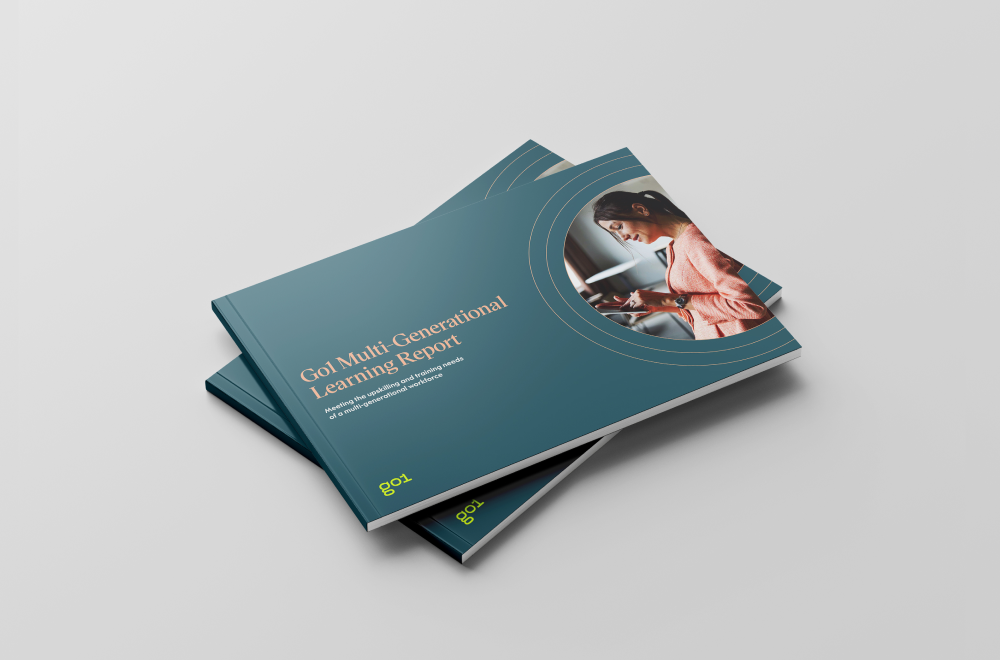
Food safety and hygiene in the workplace

Did you know there’s more bacteria on your kitchen cutting board than your toilet?
While it may be hard to believe, germs can be anywhere and since they’re micro-organisms, they can’t be seen by our own eyes. They can spread quickly and easily, meaning we can get sick and suffer from illness.
Of course, we all know germs aren’t good for our health. But, it can be especially dangerous when there’s bacteria around areas we cook and serve food.
If you run a business that involves food production or service, you have a responsibility to ensure the best food safety practices and hygiene in the workplace. After all, nobody wants to poison their customers!
Food safety can involve anything from handling food and preparing it to how substances should be stored and surfaces cleaned afterwards.
In fact, food safety and hygiene are so important, there’s legal guidelines in place to ensure a minimum standard of protection for consumers.
When you don’t run a clean kitchen, your business risks ruining its good reputation and livelihood.
Nobody wants their business shut down, so that’s why it’s important to follow the rules and teach your employees about the best food safety practices and how they can keep good hygiene.
The course
This Food Safety and Hygiene course is ideal for teaching employees the right ways to work in an environment cooking and serving food.
The goal of this course is to alert employees to the hazards presented by germs in the kitchen and how they can keep everyone safe from them. It explains the best hygiene practices and looks at food safety information that everyone needs to know.
This e-learning course is broken down into different sections so that the information is engaging and easy to understand.
Your Role
This section highlights that employees have a responsibility to follow proper food safety procedures. After all, it’s the law.
The aim of having these legal rules is to prevent people getting sick and as long as employees know the basics, they can make sure everyone stays safe.
The course gives users a list for practicing good personal hygiene and workplace cleanliness.
Food safety hazards
This content points out that food safety hazards aren’t always in the workplace, but can be present in farms or factories beforehand.
It’s all about hygienic conditions and other employees following food safety too. Employees are able to click on images at this point to find out more about the hazards, such as chemicals and microbiological dangers.
Foodborne diseases
Bad practices and poor hygiene lead to foodborne diseases – this section explains the four common types of bacteria can make us sick. This includes detailing where they can be found and how it can cause harmful foodborne diseases.
In addition, the course describes the symptoms you can expect from illness and how they can begin between 12-72 hours after eating contaminated food.
Cross Contamination
Employees can learn about how microbes and allergens can be transferred by hands, equipment and surfaces and contaminate our food.
This is usually by raw food touching cooked food through bad practices and bad personal hygiene. This section provides advice on how to avoid cross contamination through steps, such as disinfecting surfaces and washing your hands.
Personal hygiene
Having dirty hands can spread germs. This section highlights the importance of washing your hands to stop the spreading of bacteria and viruses in a food environment, as well as giving you tips on how your hands can be squeaky clean.
It also provides a to-do list for the best personal hygiene, which includes tying hair back and using gloves, as well as covering up cuts and bruises. Things to avoid doing in the workplace are given too.
Storage and temperature control
Knowing how to store food properly can help to prevent bacteria growth. This section sets out the rules for food storage and how to keep food in fridges and freezers and how to dispose of spoilt or outdated food.
Reporting illnesses
This section acts as a reminder of how important it is to tell someone if you’re sick, especially your supervisor.
You should even advise when someone you live with has an illness, as well as tell your doctor you work around food. This way you can avoid spreading germs and sickness.
Cleaning
The course clarifies how good cleaning practices can stop foodborne diseases. This includes wearing gloves, using disposable cloths and how you can wash surfaces and equipment.
This section details how you should carry out a general clean of the area with a suitable detergent and rinse, following by disinfection. It’s important to also pay attention to manufacturer instructions on cleaning products to use them properly.
Pest and waste management
Pests, such as rats and cockroaches, are attracted to places where there’s food. This section explains how pests can spread harmful diseases by contaminating food and workplaces.
This can lead to legal penalties, losing your job and even closure. The signs that you may have a problem with pests are displayed on-screen and five simple rules are shared that can promote proper food safety that keeps pests away.
What’s included
Employees are kept involved with the content of this e-learning course through an engaging voiceover and amusing, colorful animation.
The main points are communicated through easy to read video slides and a self-study workbook is provided that covers the key information for employees to take away from the course. This includes a short quiz at the end so you can test your learning.
Why food safety and hygiene is important
As a business, your customers and their safety are your priority. This is especially true when you work in an environment serving food. There’s lot of rules to follow and this means that the responsibility to adhere to them falls on your employees.
Foodborne diseases are easily preventable and by following proper food safety and practicing good hygiene, you can make sure your customers don’t get sick and continue to enjoy your business.
For more insights, subscribe to the Go1 newsletter to stay on top of all the latest L&D trends. Or, you can book a demo today to find out how Go1 can help with your team’s learning needs.



